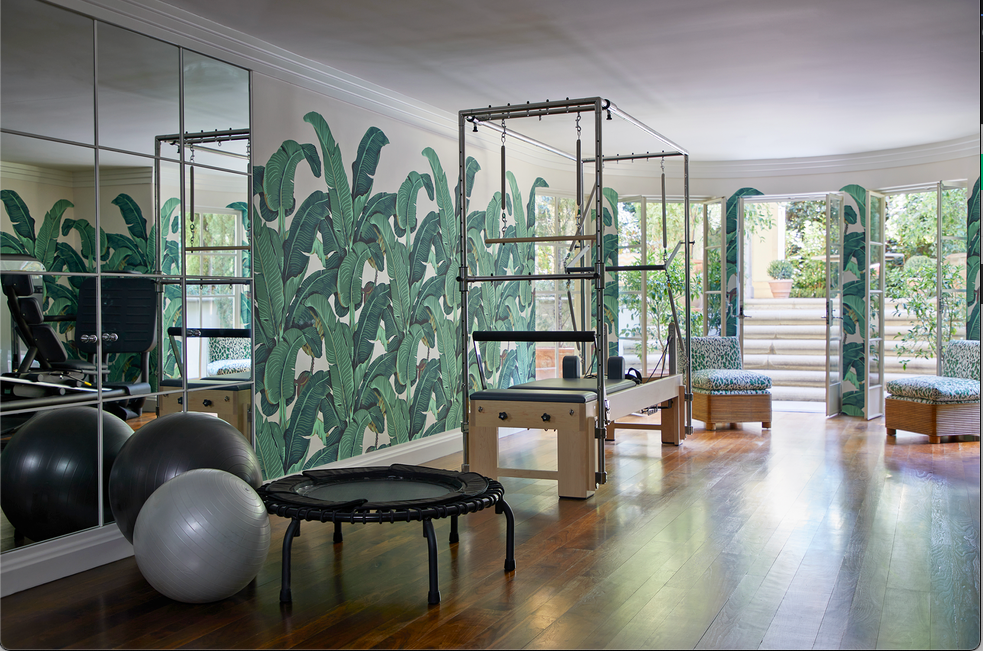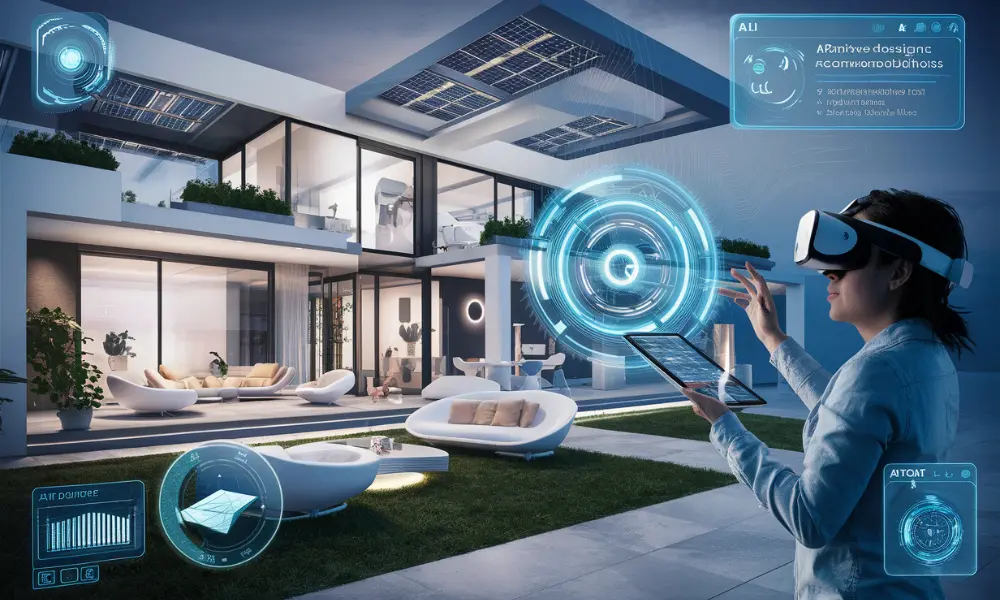As we move further into the post-pandemic era, home design priorities are undergoing a profound transformation. The once-popular home gym—defined by treadmills, weights, and resistance bands—is giving way to something more calming, immersive, and holistic: the luxury wellness room. These modern sanctuaries go beyond fitness to support emotional, mental, and spiritual health. In 2025, wellness room is the new home gym. Featuring infrared saunas, meditation nooks, and aromatherapy tech, these spaces reflect a growing desire for holistic health and personalized well-being.
In 2025, homeowners are carving out dedicated spaces that integrate infrared saunas, meditation alcoves, sensory lighting, and aromatherapy systems. It’s not just about working out anymore—it’s about recovery, restoration, and mindfulness. This shift is a reflection of broader trends: rising mental health awareness, tech-driven self-care, and the desire to make home a haven for total well-being.
This article explores the rise of wellness rooms, what defines them, how the market is responding, and expert insights from procurement strategist Mattias Knutsson on how this trend is reshaping consumer expectations and global supply chains.
What Is a Luxury Wellness Room?
A luxury wellness room is an intentionally designed space within a home dedicated to relaxation, rejuvenation, and overall well-being. It may include:
- Infrared saunas for detoxification and muscle recovery
- Meditation pods or nooks with soundproofing and immersive lighting
- Aromatherapy dispensers integrated with HVAC systems
- Smart lighting and circadian rhythm controls
- Cold plunge baths and hydrotherapy features
- Massage chairs, yoga studios, or quiet zones
These rooms are designed not for activity—but for balance.
Market Momentum and Consumer Demand
According to a 2025 Houzz study, 62% of luxury homeowners are prioritizing wellness features in their home renovations, up from 41% in 2022. Interest in wellness-focused design is strongest among homeowners aged 35–54, a demographic balancing careers, family life, and a focus on mental resilience.
Wellness Room Features by Popularity (2025 Survey)
| Feature | Adoption Rate (%) |
|---|---|
| Infrared sauna | 38 |
| Meditation nook/room | 34 |
| Smart aromatherapy system | 29 |
| Circadian lighting system | 27 |
| Cold plunge/hydrotherapy | 19 |
Tech-Infused Serenity: The Rise of Smart Wellness Design
The luxury wellness room in 2025 is not just beautiful—it’s smart. Homeowners are incorporating:
- AI-powered lighting systems that adjust based on mood and time of day
- Smart scent diffusers that sync with meditation routines
- Voice-activated soundscapes for stress relief
- Air purification systems with real-time wellness scoring
These technologies elevate passive wellness into personalized experiences, making the wellness room one of the most high-tech areas in the home.
Design Inspirations and Spatial Flow
Wellness rooms are often located adjacent to primary bedrooms, rooftop terraces, or garden-facing spaces. Designers favor organic materials—like reclaimed wood, bamboo, and stone—paired with biophilic design elements such as indoor plants, living walls, and natural water features.
The design prioritizes:
- Acoustic privacy
- Low-stimulation aesthetics (muted tones, curved walls, soft lighting)
- Flexible zoning for multiple wellness modalities in a single room
The Business of Wellness Architecture
The global wellness real estate market is projected to exceed $575 billion by 2027, according to the Global Wellness Institute. Luxury real estate developers are building wellness into the core of their offerings—from on-site spas to in-unit meditation areas.
Brands like Four Seasons Private Residences and Six Senses Homes are leading the way, offering fully integrated wellness interiors as standard.
Procurement Challenges and Innovation
As the demand for wellness materials and technologies increases, supply chains are shifting to meet more customized, sustainable, and certified expectations.
Materials like low-VOC paints, sustainably harvested woods, and energy-efficient systems are now table stakes. However, supply remains uneven.
Designers and developers face challenges sourcing:
- Ethically sourced Himalayan salt bricks for saunas
- Smart aroma diffusers with refillable, non-toxic pods
- Modular sauna kits that meet fire and health regulations

Mattias Knutsson: How Procurement Leaders Are Responding
Mattias Knutsson, a strategic leader in global procurement and development, sees this wellness pivot as both an opportunity and a logistical challenge.
“The wellness room isn’t a luxury add-on anymore—it’s an essential feature in high-end living. This redefines how suppliers, builders, and designers approach sourcing and product development.”
Knutsson emphasizes three key shifts:
- Greater collaboration with wellness technology startups
- Localized sourcing to minimize delivery times and carbon impact
- Flexible procurement platforms that allow for client customization and brand integration
“Procurement in this space has to be nimble. Homeowners want personalization, eco-credentials, and seamless integration—all without waiting months for delivery.”
Conclusion: Designing for the Whole Self
In 2025, the luxury home is no longer complete without a space dedicated to restoration and mindfulness. As wellness becomes a central pillar of modern living, the wellness room stands as a physical embodiment of self-care, intention, and evolved design thinking.
The shift from gyms to sanctuaries reflects a deeper cultural pivot—from performance to presence. And as Mattias Knutsson points out, it’s not just a design story—it’s a procurement revolution.
Wellness rooms are reshaping architecture, supply chains, and lifestyle itself. They’re no longer niche—they’re necessary.
As homes become more than just shelters, they are evolving into sanctuaries. And in this new era, luxury means well-being.




